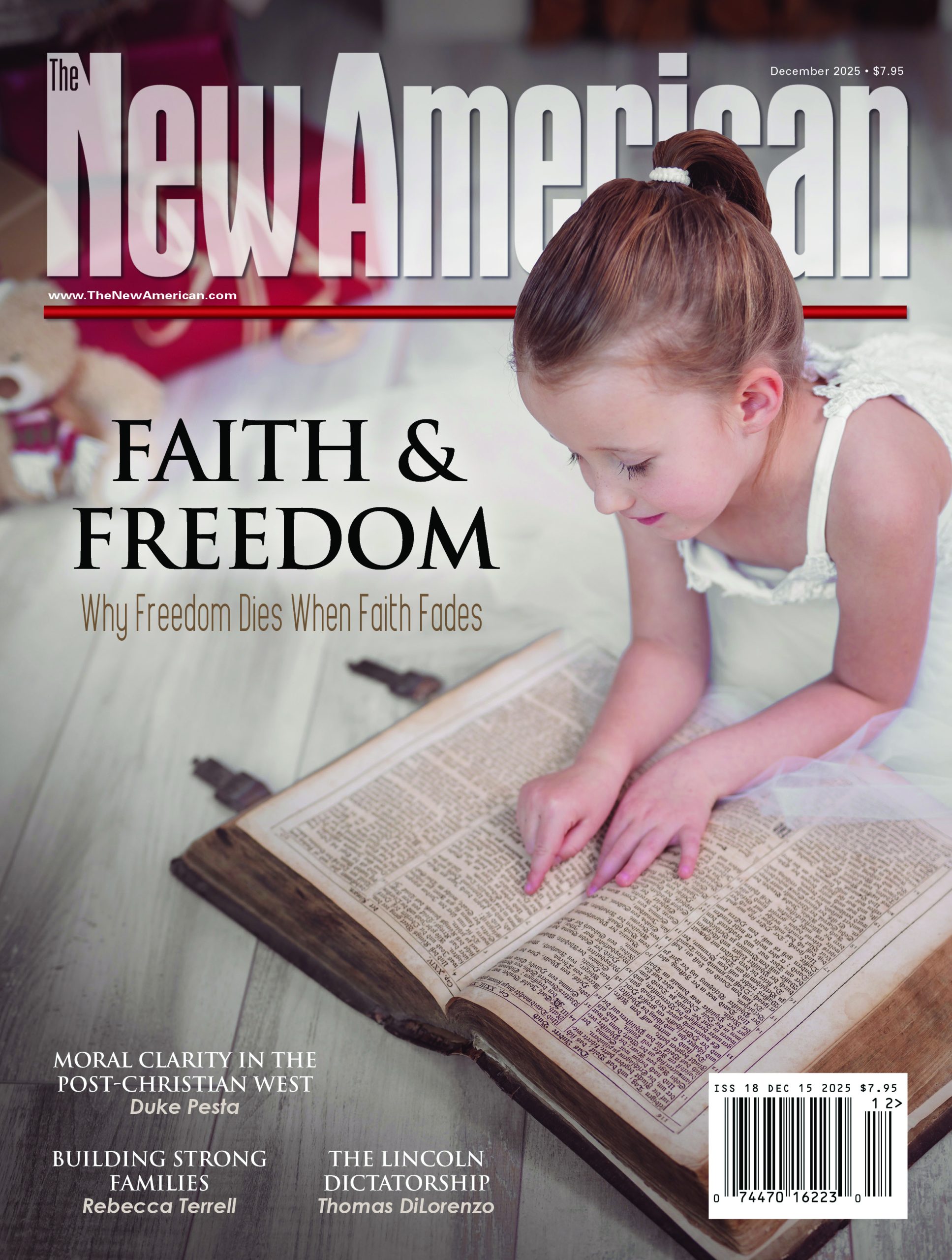
On the surface, New Jersey District Judge Peter Sheridan (appointed to the bench in 2006 by then-President George W. Bush and who assumed “senior status” five years ago at age 68), got it right: New Jersey’s ban on the AR-15 semi-automatic firearm is unconstitutional.
But he didn’t like doing so:
It is hard to accept the Supreme Court’s pronouncements [in Bruen in 2022] that certain firearms policy choices are “off the table” when frequently radical individuals possess and use these same firearms for evil purposes.
Even so, the Court’s decision today is dictated by one of the most elementary legal principles within our legal system: stare decisis. That is, where the Supreme Court has set forth the law of our Nation, as a lower court, I am bound to follow it.
This principle — combined with the reckless inaction of our governmental leaders to address the mass shooting tragedy afflicting our Nation — necessitates the Court’s decision.
For these reasons … the AR-15 Provision of Assault Firearms Law is unconstitutional.
What Judge Sheridan did with this very limited and logically and judicially unsound decision is set the stage for a certain appeal to the Third Circuit Court of Appeals. That court will then have the opportunity to straighten out Sheridan’s thinking, and his conclusion, and relieve New Jersey gun owners of the continuing burden and infringement of their rights.
First of all, Sheridan’s ruling states that New Jersey’s ban only applies to the AR-15 rifle, not to all the others banned by the state, including:
• any shotgun with a revolving cylinder such as the “Street Sweeper” or “Striker 12”;
• Beretta AR-70 and BM59 semi-automatic firearms;
• Bushmaster Assault Rifle;
• Galil type
• Heckler and Koch HK.91, HK.93, HK.94, MPS, and PSG-1;
• the Ruger K-Mini-14/5F and Mini-14/SRF;
• the Springfield Armory BM59 and SAR-48 type;
• the USAS 12 semi-automatic type shotgun; and
• Uzi type semi-automatic firearms.
The reason Sheridan avoided ruling that the entire law was unconstitutional was because “plaintiffs sometimes broadly frame[d] their argument … seeking a wholesale declaration that [New Jersey’s] Assault Weapons Law is unconstitutional … [and] at other times, Plaintiffs are narrower in their request, focusing their arguments [only] on the AR-15.”
In other words, if you don’t ask for it, you won’t get it.
But in allowing the state’s ban on LCMs to stand, Sheridan likened the state’s ban on LCMs to historical bans on Bowie knives:
The LCM Amendment passes constitutional muster because although the Second Amendment right is implicated, this regulation is in line with the historical regulations within the tradition of our Nation.
Put more precisely, the reduction of capacity is a limitation on firearms ownership. It is not a categorical ban preventing law-abiding citizens from exercising their Second Amendment rights for a weapon that is in common use for self-defense.
Got that? The LCM part of New Jersey’s ban on semi-automatic firearms isn’t really a ban but just a “limitation on firearms ownership.”
Lacking any historical evidence (as required by Bruen) of bans on LCMs — they simply didn’t exist at the time the Second Amendment was added to the Constitution — Sheridan dug deeply into the well of his imagination, helped along with the State of New Jersey:
The Court moves next to its analysis of the State of New Jersey’s justification for its regulation by examining its reasons for regulating large capacity ammunition magazines and their consistency with our Nation’s historical tradition of firearm regulation….
The apt historical analogues here are other firearms (specifically, pistols) and the Bowie knife….
The most analogous comparison to the regulation at issue here is the Bowie knife, which — like many other knives — were [historically] often regulated like handguns….
Thus, while a few outlier States implemented near-total restrictions on Bowie knives, these restrictions overall formed the basis for a tradition of prohibiting a subset of arms that could be useful and had become common for self-defense yet nevertheless posed a threat to public safety.
Missing was any discussion from the Supreme Court’s ruling in Bruen about “public safety” being part of its reasoning, because there isn’t any.
To justify his ruling on LCMs opposite to his ruling on the rifles they feed, Sheridan then rolled out the standard gun-controllers’ position: It’s the weapon that causes gun violence, and not the perp:
There is significant data that large capacity magazines increase the lethality of mass shooting events.
The prevalence of large capacity magazines … holding more than ten rounds being used in high-fatality mass shootings is extremely high; indeed, all mass shootings between 2019 through 2022 involved their use.
This observation reflects growing trends. First, that mass shootings are becoming more deadly. Second, that large capacity ammunition magazines have been used in most of these mass shooting events in recent years. This relationship is impossible to ignore.
The stated purpose of the State of New Jersey — to effectively slow down a mass shooter — is well-served by the LCM Amendment.
The LCM Amendment might accomplish this end by providing a solution to this very real problem; the lethality exerted upon the victims of a shooter armed with a magazine that can continue to shoot in a line of uninterrupted fire for a longer time is lessened where that line of uninterrupted fire is reduced.
A limitation on magazine capacity stops the rate at which victims can be injured. A limitation on magazine capacity allows for time during which a shooter may be intercepted, interrupted, or hopefully, stopped.
Such a problem — while new to us — is analogous to other safety issues presented by commonly used weapons for lawful purposes confronted by our Nation in the past.
In the past, legislators took action to prevent these societal problems with limitations as the State of New Jersey has done here.
This burden on the people of New Jersey’s right to self-defense is comparable to that imposed by these historical laws. As such, these historical analogues provide the basis for the following conclusion: that the State may regulate the permissible capacity of the large capacity magazines.
This, of course, is precisely the way the Second Amendment had been abrogated and relegated to “second class” status: by reasoning instead of following historical analogues. Bruen’s decision corrected this sort of “reasoning” undertaken by Sheridan.
All of this builds a compelling case for an appeal of his decision to the Third Circuit Court of Appeals. In the meantime, New Jerseyans owning any other semi-automatic firearms than the AR-15, and LCMs capable of holding more than 10 rounds, remain criminally liable under the state’s ban.




